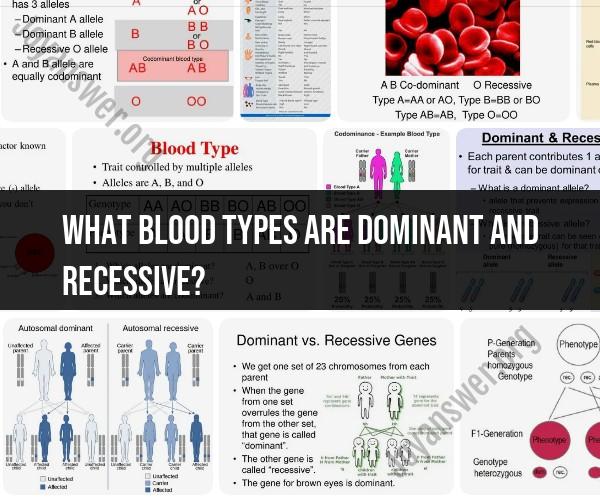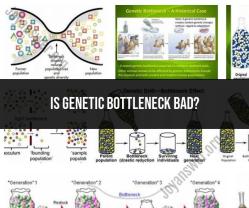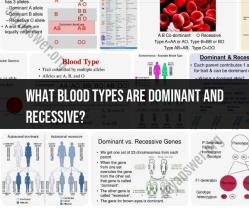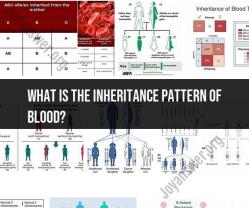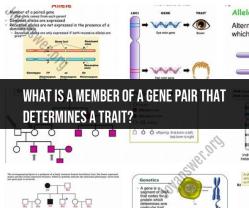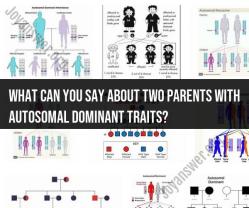What blood types are dominant and recessive?
Blood type genetics involve multiple alleles and interactions, making it more complex than a simple dominant-recessive pattern. The ABO blood group system, which classifies blood into four main types (A, B, AB, and O), is determined by the presence or absence of two antigens, A and B, on the surface of red blood cells. The interactions between these alleles determine an individual's blood type.
Here's a simplified overview of the ABO blood group system:
A and B Antigens:
- Allele A codes for the A antigen.
- Allele B codes for the B antigen.
- Allele O codes for neither antigen.
ABO Blood Types:
- Type A blood has A antigens on the red blood cells and anti-B antibodies in the plasma.
- Type B blood has B antigens on the red blood cells and anti-A antibodies in the plasma.
- Type AB blood has both A and B antigens on the red blood cells and no anti-A or anti-B antibodies in the plasma.
- Type O blood has no A or B antigens on the red blood cells and both anti-A and anti-B antibodies in the plasma.
Based on these interactions, here's how the ABO blood types can be inherited:
- If an individual has two copies of the A allele (AA or AO), they will have Type A blood.
- If an individual has two copies of the B allele (BB or BO), they will have Type B blood.
- If an individual has one A allele and one B allele (AB), they will have Type AB blood.
- If an individual has two copies of the O allele (OO), they will have Type O blood.
The A and B alleles are codominant, which means that if an individual has one A allele and one B allele, both antigens are expressed on their red blood cells (Type AB). However, the O allele is recessive to both A and B alleles, so if an individual has one O allele and one A or B allele, they will have the blood type determined by the A or B allele.
In summary:
- Type A and Type B are codominant.
- Type O is recessive to Type A and Type B.
- Type AB is a result of codominance between A and B alleles.
The Rh factor (positive or negative) is another antigen present or absent on red blood cells, but it follows a separate genetic inheritance pattern. It is not directly related to the ABO blood group system.
